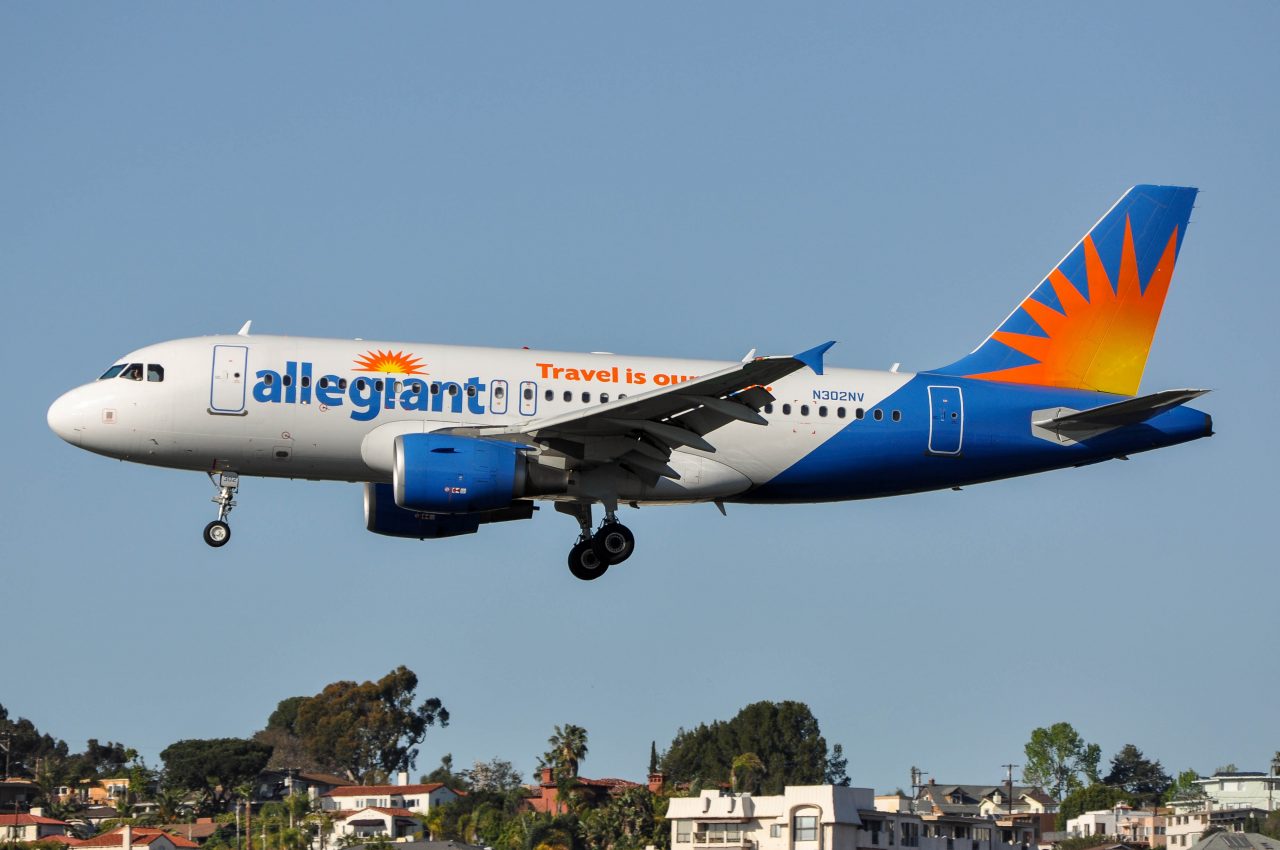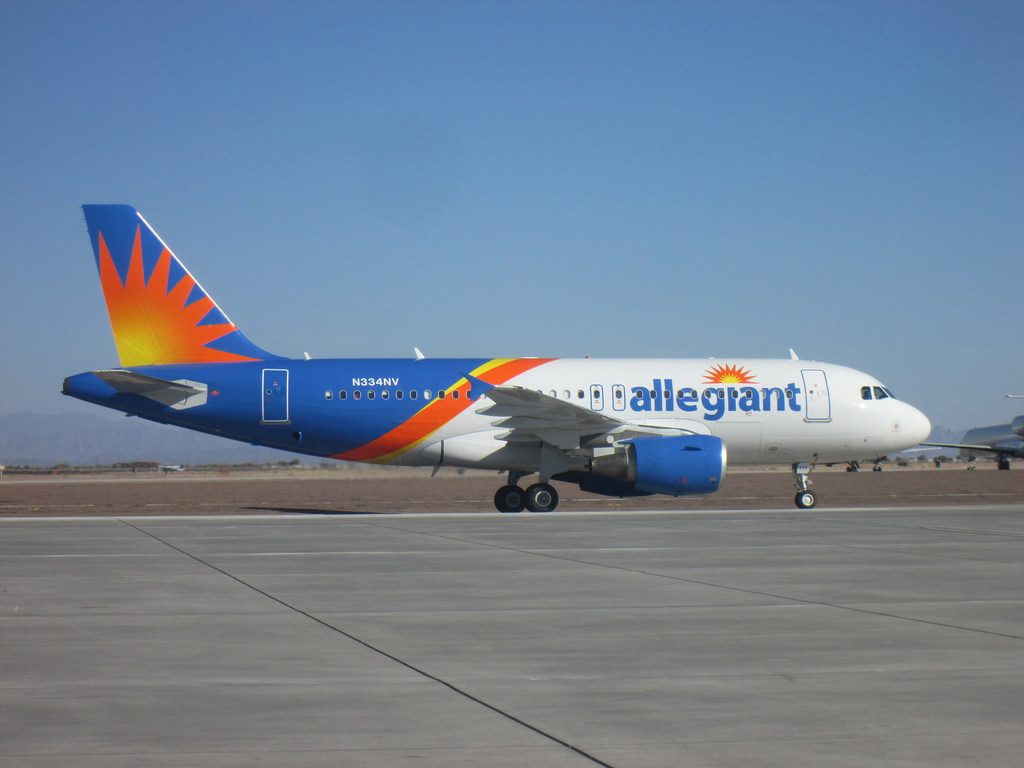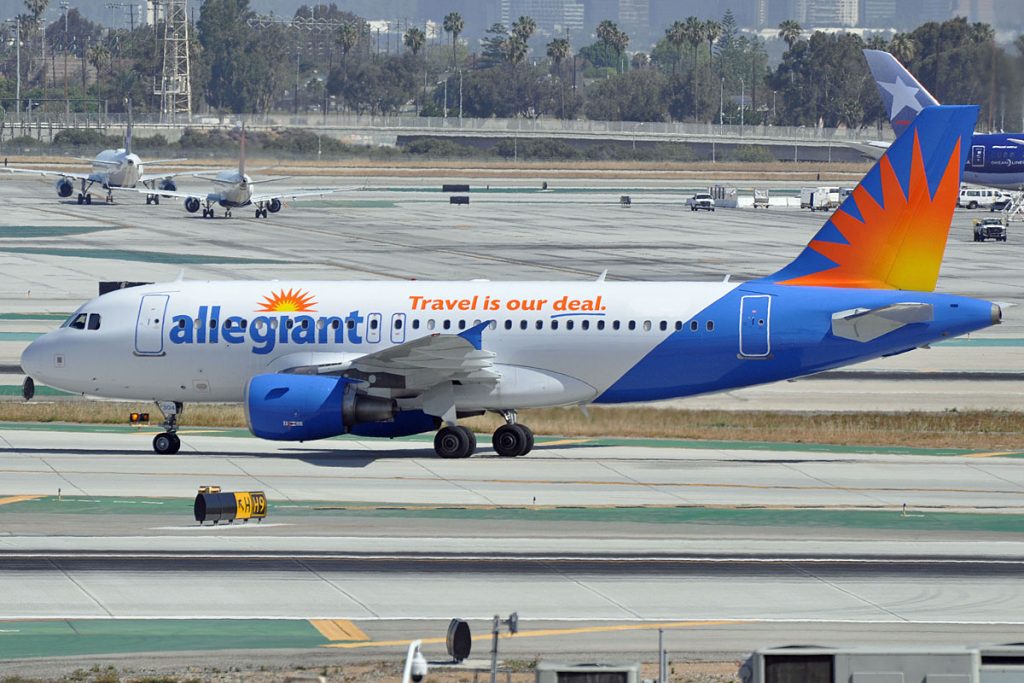Is Allegiant Air the Right Choice for Your Next Adventure? With a fleet undergoing significant changes and a focus on expanding its reach, Allegiant Air presents a unique proposition for travelers seeking affordable flights, but is it all smooth sailing?
Founded in Las Vegas, Nevada, back in 1997, Allegiant Air, identified by the code (AAY), has carved a niche for itself in the fiercely competitive airline industry. Initially, its focus was on providing low-cost flights, primarily serving leisure travelers. As of late 2024 and early 2025, the airline operates a fleet of 127 aircraft, with an average age of 15.2 years. This contrasts with its earlier history, where the fleet consisted of a mix of McDonnell Douglas and Airbus aircraft, chosen strategically for growth and efficiency. Allegiant's route network has expanded over time, serving a total of 129 destinations, primarily in North America, operating from six bases. The airline's strategy often involves flying into smaller cities or secondary airports that service larger urban areas.
Heres a snapshot of Allegiant Airs current fleet and operational data:
| Category | Details |
|---|---|
| Airline Name | Allegiant Air (AAY) |
| Founded | 1997 |
| Headquarters | Las Vegas, Nevada, United States |
| Current Fleet Size (approximate as of April 2025) | 127 aircraft (includes both Airbus and Boeing) |
| Average Fleet Age | 15.2 years (as of April 2025) |
| Destinations Served | 129 |
| Operating Bases | 6 |
| Fleet Composition |
|
| Fleet Transition | Transitioning from an all-Airbus fleet to include Boeing 737 MAX aircraft. Expecting 20 A320 retirements between 2023-2025. |
| Cabin Configuration | Primarily single-class (economy) configuration on many aircraft. |
| Additional Information | For a detailed view of Allegiant Air's fleet, visit the following link: Allegiant Air Official Website |
The airlines fleet plan reveals a dynamic strategy. Although theres a reasonably uniform fleet composition that allows for cost savings in crew training and aircraft maintenance, significant changes are on the horizon. Allegiant anticipates roughly 20 A320 retirements between 2023 and 2025. The introduction of new Boeing 737 MAX aircraft marks a crucial shift. Initially, Allegiant Air's fleet comprised a mix of Airbus and McDonnell Douglas aircraft. This shift to Boeing aircraft reflects the airlines strategic adaptation to market needs and potential for expansion into new routes, perhaps including a return to Hawaii. The airline is actively working on enhancing its services, with new aircraft expected to be added in the coming years. Recent announcements highlight an agreement with Boeing to purchase 50 new 737 MAX aircraft.
For those looking for detailed seatmaps, resources like Seatmaps.com have compiled an exhaustive database for all the aircraft Allegiant Air operates. You can also see detailed route maps and find helpful user reviews to aid in planning your journey. Furthermore, Flightradar24 offers real-time flight tracking, providing valuable information for monitoring flight statuses and any potential delays.
This transition underscores a key point: flexibility in the fleet plan is paramount. The company is not just replacing older aircraft; it's also opening doors to exploring new markets. The airlines historical data reveals that the age of its planes has varied. Some sources show an average age of 22 years for portions of the fleet, while others cite 13.0 years. The current average age of the overall fleet stands at 15.2 years as of April 2025. Its worth noting that the older A319s in Allegiant's fleet have an older average age than the A320s.
Passengers will find that many Allegiant aircraft, particularly the Airbus A319, are configured in a single economy class cabin. This allows Allegiant to maintain a cost-effective operational model. Its important to understand that Allegiant Air serves around 105 domestic destinations across 41 states, focusing on smaller airports and secondary airports to keep costs down. The airline serves 124 destinations in North America as of the given data. The fleet, initially comprised of a mix of Airbus and McDonnell Douglas aircraft, is now undergoing significant changes with the inclusion of Boeing aircraft.
Allegiants operational strategy emphasizes point-to-point travel, focusing on leisure destinations and underserved routes. The airline's decision to incorporate Boeing 737 MAX aircraft aligns with its expansion plans. The choice of aircraft types, as evidenced in Allegiant Air's fleet history, has been strategic and crucial for growth and efficiency.
As Allegiant navigates this fleet transition, various considerations arise. The airlines introduction of new Boeing 737 MAX aircraft promises the ability to explore new markets. While Allegiant aims to modernize its fleet and expand its services, its important for travelers to factor in that a portion of its aircraft are older. As such, it's beneficial for prospective passengers to review detailed seatmaps and read user reviews.
For those considering Allegiant Air, evaluating its pros and cons is essential. The airline's commitment to cost-effective travel is evident in its single-class cabin configuration and its strategic choices regarding aircraft types and destinations. By purchasing the Boeing 737 MAX, Allegiant aims to optimize its operations. Its imperative to understand that, though Allegiant operates from a mix of major and secondary airports, the overall passenger experience and aircraft age varies. The airlines focus on smaller cities and secondary airports is designed to keep costs down.
Ultimately, Allegiant Airs strategy is dynamic. The introduction of Boeing aircraft signals an exciting phase for the airline. Understanding the aircraft types, fleet age, and special colors will enable informed decisions when choosing flights with Allegiant Air.
The ongoing changes in Allegiant Airs fleet composition, including the addition of Boeing 737 MAX aircraft, highlight its strategy of growth and innovation. The airline, like many others, aims to balance operating costs with the passenger experience. Prospective passengers must remember that the airline is constantly evolving its services.



Detail Author:
- Name : Kailyn Bartoletti IV
- Email : morissette.betty@franecki.com
- Birthdate : 1987-06-01
- Address : 65324 Michaela Plaza Stoltenbergview, ME 30907-2944
- Phone : (360) 571-3718
- Company : Homenick-Rice
- Job : Forming Machine Operator
- Bio : Id molestias iste aut libero ut corrupti reiciendis. Molestiae aut impedit aliquid optio ab sed. Vel sint iure repellendus qui et animi dolorem. Natus dicta blanditiis et fugit ut eveniet est dolor.